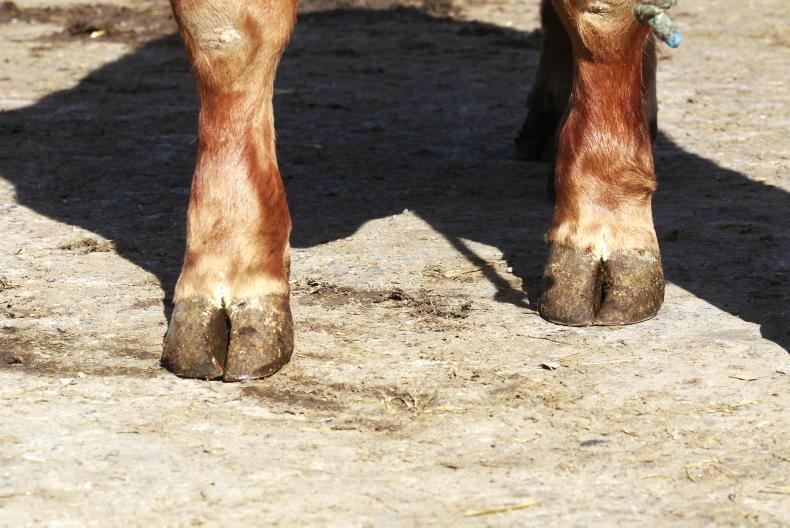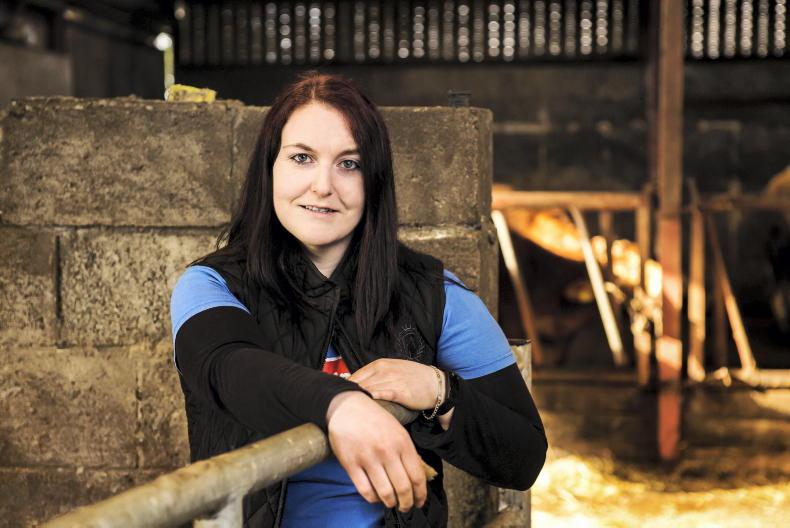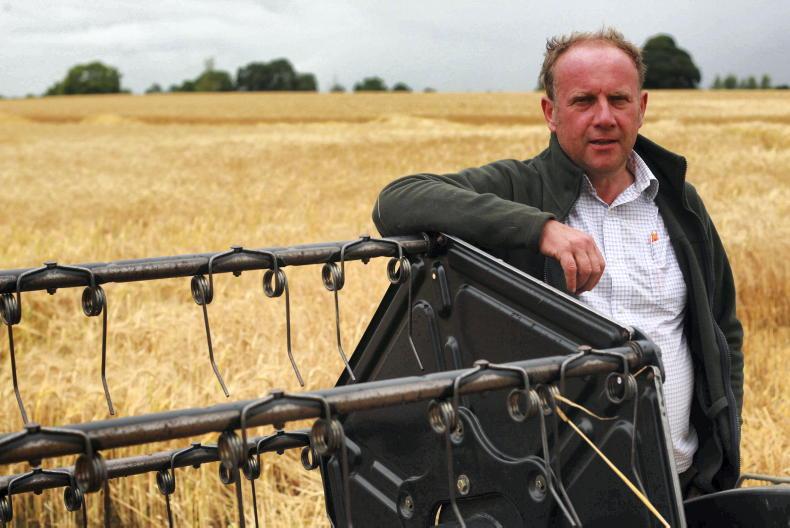With cattle housed, feeding silage will form a big part of the day-to-day farming routine.
Where silage is fed from a clamp, it is important to manage the pit face to prevent waste accumulating. If the clamp is not managed properly, it can undo the efforts put into harvesting grass earlier this year.
Outlined are five tips to managing the silage clamp over winter.
1. Don’t roll back the cover too far
Silage is made by preserving grass in anaerobic conditions. Once the cover is removed, silage is exposed to air and it begins to spoil, using up sugars that drive weight gain or milk production.
Therefore, when pulling back the top cover, just remove enough to allow the shear grab cut across the pit face without damaging the plastic.
Pulling the cover back is not a job farmers look forward to, but a little and often approach will improve the quality of forage fed to cattle over winter.
2. Remove waste silage immediately
When the cover is pulled back, remove any mould from the top of the clamp. If left in place, rain can wash the mould toxins down through the clamp, contaminating forage below. This can pose health issues to cattle if there is a big enough toxin presence.
3. Work across the pit face as quick as possible
Aim to work from one side of the clamp to the other inside one week. This keeps the clamp face fresh, thereby reducing the amount of waste accumulating.
If it takes longer than one week to work across the clamp, cut shallower grabs, as this will speed up the rate you move across the face.
4. Cut from top to bottom in sequence
Always cut out blocks in consecutive columns, working from top to bottom. By cutting grabs in sequence, it reduces the surface area of the clamp face exposed to air.
Do not start cutting blocks at random, just because you want certain layers or parts for a specific cattle group.
This increases the surface area of the clamp face, exposing more forage to air, which increases the amount of spoilage and heating on the clamp face.
5. Keep the blades on the shear grab sharp
A sharp shear grab seals the clamp face as it cuts out blocks, reducing the rate it deteriorates. A blunt grab, or one that does not close fully, will hack silage and leave a ragged, uneven clamp face.
It also puts the tractor hydraulics under greater pressure and burst pipes are more common. Sharpening the blades of the shear grab regularly is good practice.
Read more
Winter 2024 ration prices fall
Top tips for cattle management indoors
With cattle housed, feeding silage will form a big part of the day-to-day farming routine.
Where silage is fed from a clamp, it is important to manage the pit face to prevent waste accumulating. If the clamp is not managed properly, it can undo the efforts put into harvesting grass earlier this year.
Outlined are five tips to managing the silage clamp over winter.
1. Don’t roll back the cover too far
Silage is made by preserving grass in anaerobic conditions. Once the cover is removed, silage is exposed to air and it begins to spoil, using up sugars that drive weight gain or milk production.
Therefore, when pulling back the top cover, just remove enough to allow the shear grab cut across the pit face without damaging the plastic.
Pulling the cover back is not a job farmers look forward to, but a little and often approach will improve the quality of forage fed to cattle over winter.
2. Remove waste silage immediately
When the cover is pulled back, remove any mould from the top of the clamp. If left in place, rain can wash the mould toxins down through the clamp, contaminating forage below. This can pose health issues to cattle if there is a big enough toxin presence.
3. Work across the pit face as quick as possible
Aim to work from one side of the clamp to the other inside one week. This keeps the clamp face fresh, thereby reducing the amount of waste accumulating.
If it takes longer than one week to work across the clamp, cut shallower grabs, as this will speed up the rate you move across the face.
4. Cut from top to bottom in sequence
Always cut out blocks in consecutive columns, working from top to bottom. By cutting grabs in sequence, it reduces the surface area of the clamp face exposed to air.
Do not start cutting blocks at random, just because you want certain layers or parts for a specific cattle group.
This increases the surface area of the clamp face, exposing more forage to air, which increases the amount of spoilage and heating on the clamp face.
5. Keep the blades on the shear grab sharp
A sharp shear grab seals the clamp face as it cuts out blocks, reducing the rate it deteriorates. A blunt grab, or one that does not close fully, will hack silage and leave a ragged, uneven clamp face.
It also puts the tractor hydraulics under greater pressure and burst pipes are more common. Sharpening the blades of the shear grab regularly is good practice.
Read more
Winter 2024 ration prices fall
Top tips for cattle management indoors









SHARING OPTIONS